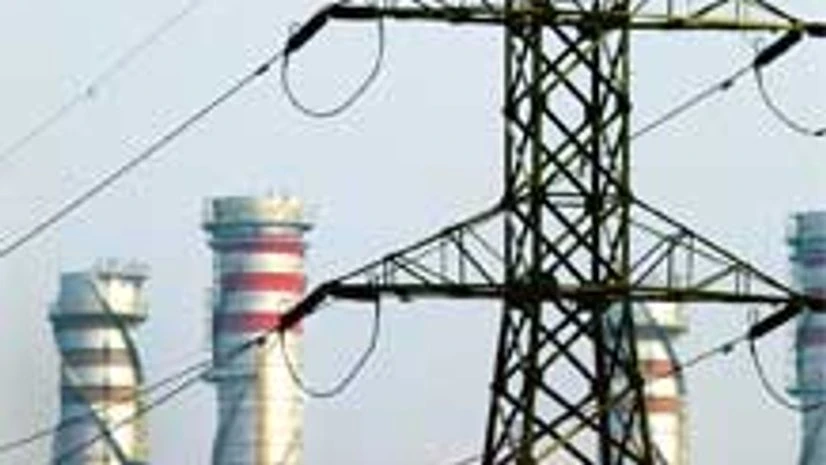Amid concerns over India’s widening current account deficit, the country’s export basket would soon see an addition. Come October, India would become an exporter of power to Bangladesh, courtesy, NTPC and West Bengal State Electricity Distribution Company Limited (WBSEDCL), the state’s power distribution company.
With West Bengal turning power-surplus, the state would sell 250 Mw of power to Bangladesh through Power Trade Corporation (PTC). NTPC has already committed an additional supply of 250 Mw of power to that country. “We have entered into an agreement with PTC, through which we will be selling 250 Mw of power to Bangladesh for three years. Hopefully, this will start in October,” Malay De, principal secretary of the state power department, told Business Standard.
This would be the first time India would export power on such a large scale. Earlier, it had sold 20-30 Mw of power each to Nepal and Bhutan. (DRAWING THE POWER LINE)
More From This Section
During Bangladesh Prime Minister Hasina’s visit to New Delhi in 2010, the two countries had a signed memorandum of understanding (MoU) for the supply of 500 Mw of power by India to Bangladesh. NTPC Vidyut Vyapar Nigam, a subsidiary of NTPC and the nodal agency for supply of power to Bangladesh, had also signed an agreement with Bangladesh Power Development Board for power supply for 25 years.
It was also proposed 500 Mw of power would be exported to Pakistan. However, according to recent reports in the Pakistan media, India has backtracked from the offer, in the wake of tension at the Line of Control. Power to Bangladesh would be supplied through an electrical grid interconnection between the two countries. Work to set up substations with a high voltage direct current link had started soon after the MoU was signed in 2010. Substations on both sides of the border — at Nabagram, Murshidabad, in India and Bheramara in Bangladesh — are expected to be ready for operation by September-end.
WBSEDCL has about 10 per cent surplus power. In the last one year, about 30,000 million units came into its system, of which it sold about 3,000 million units.
So far, it had either banked the surplus power or sold in the domestic market, through power exchanges.
Though West Bengal is showcasing the case to export power, officials say industrial demand, which accounts for 40 per cent of power consumption in the state, hasn’t risen in the past year and this has contributed to surplus power. “While the power demand for domestic consumers grew 19 per cent in 2012-13, demand from the industrial sector grew a mere four per cent last financial year,” said an official.
In the previous two financial years, power consumption by the state’s industrial sector registered annual growth of 10 to 12 per cent.

)
